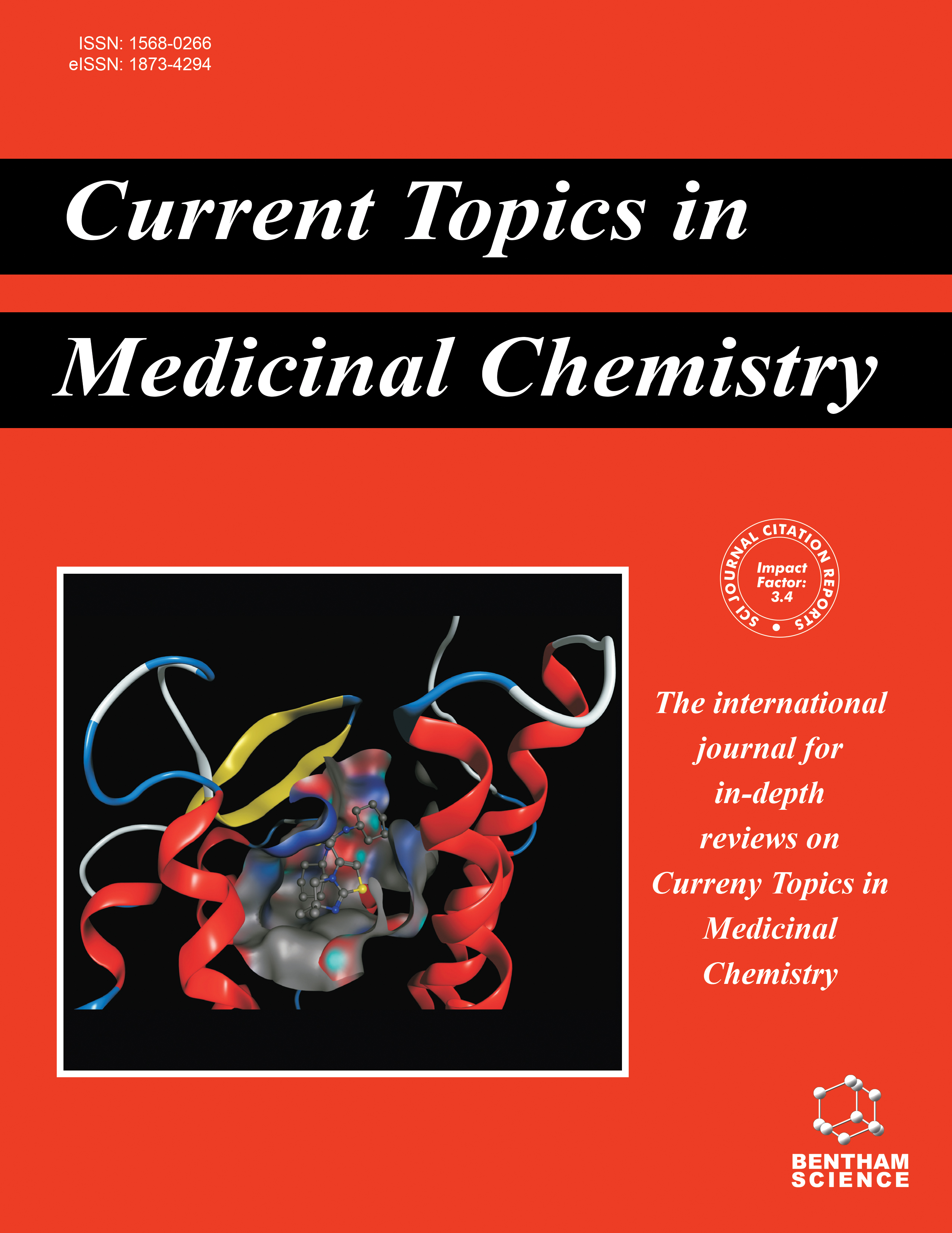
Full text loading...
We use cookies to track usage and preferences.I Understand
Healthy skin is essential for balanced health. Currently, skin diseases are considered a major global health issue, impacting individuals of all ages. Skin conditions can vary broadly, ranging from common issues like acne and eczema to more serious diseases such as psoriasis, melanoma, and other types of skin cancer. In recent years, computational methods have appeared as powerful tools for explaining the lurking mechanisms of skin diseases and the advancement of the discovery regarding updated therapeutics. This review spotlights the notable researches that have been performed in using computational approaches such as virtual screening, molecular modelling, and molecular dynamics simulations to discover potential treatments for dermatological conditions such as eczema, psoriasis, acne vulgaris, skin cancer, and tyrosinase-related disorders. Moreover, using in silico methods, researchers have explored the molecular interactions between cosmetic actives and skin targets, providing insights into the binding affinities, stability, and efficacy of these compounds. This computational exploration allows the identification of potential off-target effects and toxicity profiles, ensuring that only the most promising candidates proceed to clinical testing. In addition, the use of molecular dynamics simulations helps to understand conformational changes and interaction dynamics over time, further refining the selection of effective cosmetic actives. Overall, the integration of computational chemistry into dermo-cosmetic research has immense potential to accelerate the discovery and development of innovative treatments to improve skin health and address dermatological concerns.

Article metrics loading...

Full text loading...
References


Data & Media loading...

